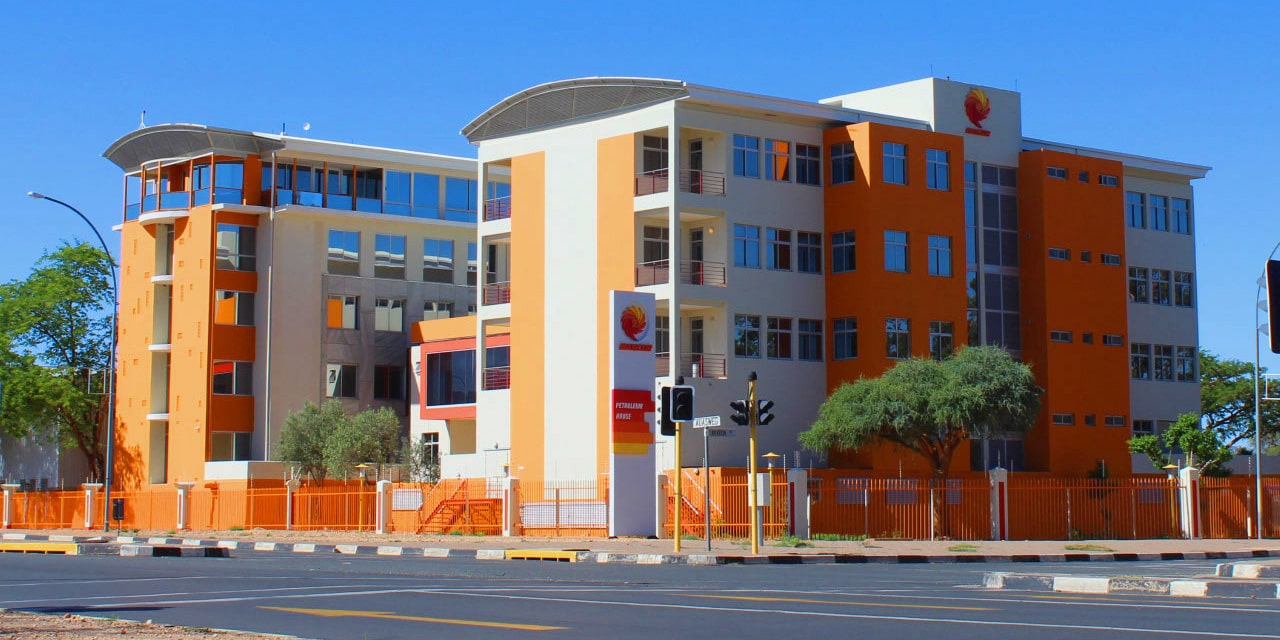Niël Terblanché
The Namibian government will spend N$892.4 million on a food relief program, agricultural support, and water provision to prevent the starvation of a third of Namibia’s population.
During the introduction of the latest Namibia Livelihood Vulnerability Assessment and Analysis (VAA) 2023/24 Report, which was compiled by the Executive Director within the Office of the Prime Minister, I-Ben Nantangwe Nashandi, it came to light that the number of people that will face food insecurity will rise to 695 000 in the next six to seven months.
This is a significant increase from the current estimate of 579 000 people facing acute food insecurity.
To address this crisis, the Namibian government, through the Office of the Prime Minister and the Directorate Disaster Risk Management (DDRM), will be implementing a comprehensive relief program, which includes several measures to combat food crisis.
Nashandi said Government will roll out a drought relief program that provides food assistance to affected subsistence farmers in rural areas across all 14 regions. This initiative aims to ensure that no Namibian citizen dies as a result of hunger due to disasters. The program is set to run from October 2023 to June 2024.
In addition to food assistance, the government will also provide support to farmers in terms of agricultural resources, tools and knowledge to enhance crop production. This assistance is crucial to help mitigate the effects of reduced crop yields and ensure sustainable food production in the future.
Due to the impacts of food insecurity on livestock, the government will implement a livestock support program. This program is intended to assist livestock farmers by providing resources and aid for their animals, which are a vital source of livelihood in many rural areas. The livestock support program will be active from October 2023 to March 2024.
The distribution of food relief will be coordinated by the Office of the Prime Minister, while the implementation will be carried out by Regional Councils across all 14 regions of Namibia. This approach aims to ensure efficient and equitable distribution of aid.
“The cost of these combined initiatives is projected to be N$892.4 million. The amount that Government has budgeted for the programme is a good indication of the severity of the crisis,” said Nashandi.
The situation in Namibia urgently needs both short-term relief efforts and long-term strategies to enhance resilience against future crises related to food and water security.
Addressing these challenges requires collaborative efforts from the government, local communities, and international organizations to ensure the well-being of the population and prevent further suffering.
Nashandi explained that according to the Namibia Meteorological Services’ 2022/23 seasonal report, Namibia experienced below-normal and sporadic rainfall which culminated in a combination of flash floods and dry spells in some parts of the country.
“This has subjected communities to prospects of lower crop yields, impacts on livestock, and ultimately reduced household food stocks, compromising food security at household levels.
“Certain households have already experienced difficulties in purchasing food due to a lack of income and high unemployment rates. It is projected that during the period October 2023 to March 2024, the number of people expected to experience food insecurity would increase significantly,” Nashandi said. According to the Ministry of Agriculture, Water and Land Reform’s Crop Prospects, Food Security and Drought Situation Report for July 2023, the 2022/23 estimates show that farmers harvested 153 000 tons of cereals which is nine percent less than the previous season’s harvest of 168 200 tons.




